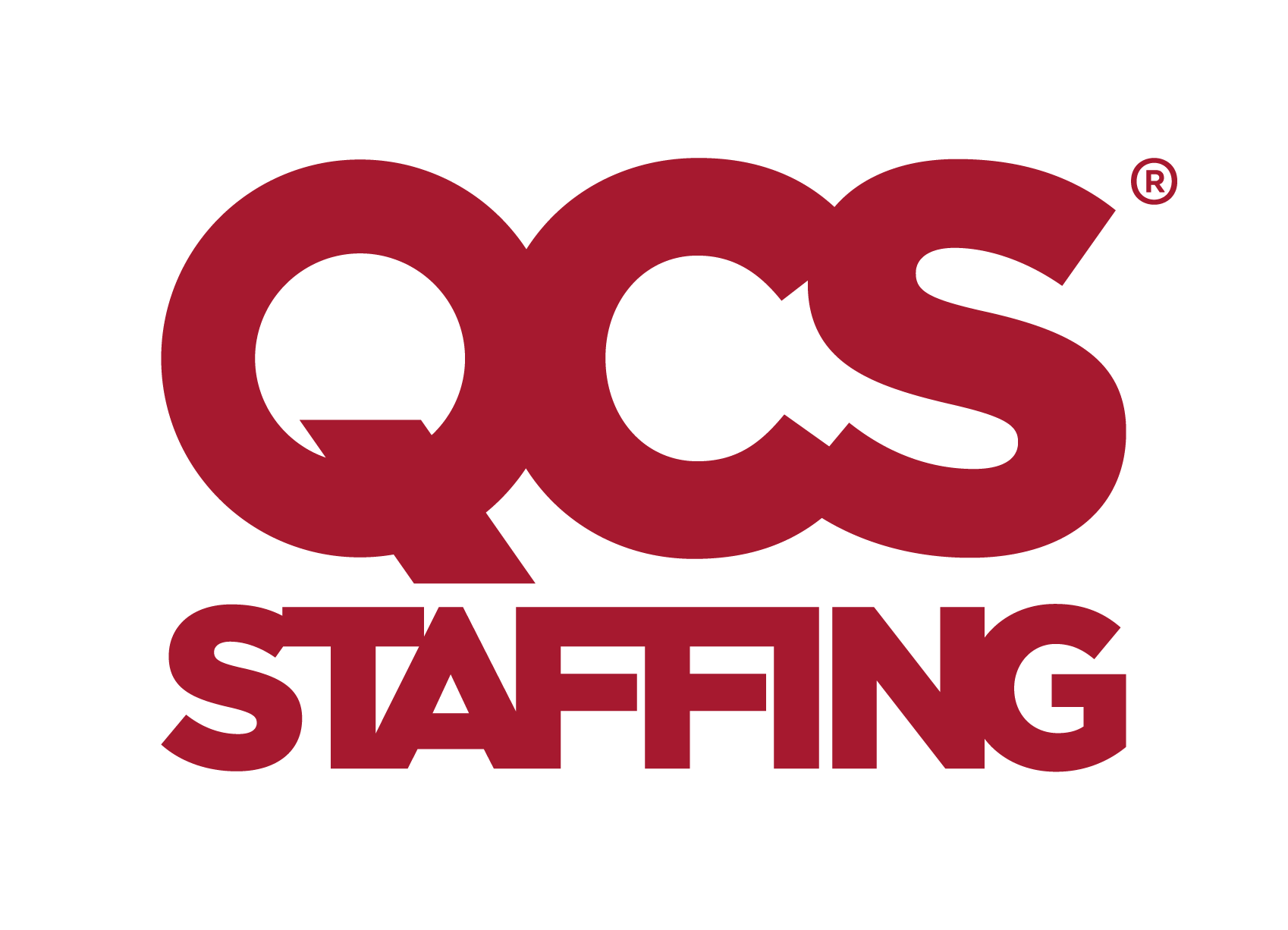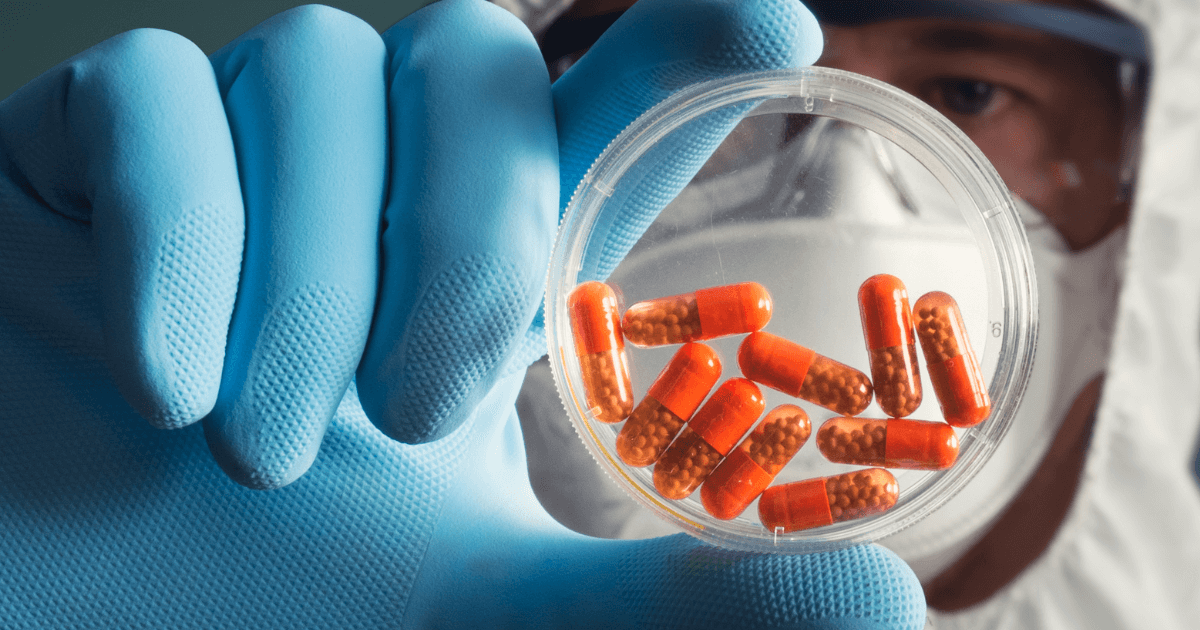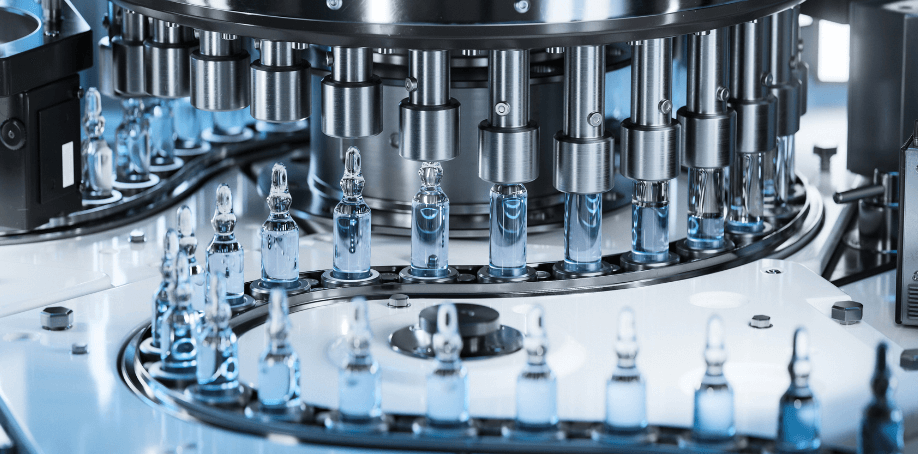How will technology impact the future of life sciences?
As technology continues to advance at rapid pace, so too does its impact on the way we work. Organisations are increasingly aware of the role technology has on their overall business strategies and are getting savvier in the technological and digital approaches they use in the workplace.
While the much-anticipated impact of robotics and AI on our lives and jobs is still becoming apparent, a clearer picture is beginning to emerge around how technology will impact certain industries – such as life sciences. The NHS funding gap is expected to reach $30 billion by 2020-2021, which means the need for cost-effective healthcare is higher than ever – and smart technology may help to bridge that gap.
From cloud computing and robotics through to virtual reality and blockchain, the potential impact of tech on the rapidly-evolving life sciences space is enormous. Here’s what to look out for:
Cloud computing
Cloud computing is particularly predominant in biotechnology, where the speed of change must be balanced with tight industry regulations. One example of the use of cloud computing in biotech is simplifying and streamlining disaster recovery testing and auditing processes through host-based replication to the cloud, driving cost savings and compliance assurance. Elsewhere, cloud technology can assist with big data analysis through its on-demand infrastructure and heightened performance and connectivity, while compliance and access control and real-time reporting can also be improved. As cloud computing will account for up to 70% of all software, services and technology spending by 2020, expect to see its dominance continue into life sciences.
Blockchain
The use of blockchain is gaining traction in many different industries, and life sciences is no exception. According to a Pistoia Alliance survey, 83% of life sciences leaders think blockchain will be adopted within five years – and as such, the industry needs to collaborate on creating industry-wide data sharing standards in order to push the technology forward. While regulatory and data privacy issues will continue to dictate how blockchain is used by organisations, expect to see it being used in life sciences to support drug safeguarding and store medical records.
Robotics
While we’ve not yet seen robots completely take over the roles of humans in the workplace, there is a space for robotics to reduce human error in laboratories. One example of this Andrew Alliance, a Swiss company that makes liquid-handing robots for life sciences labs. The robot – Andrew – is said to enhance the efficiency and reproducibility of a laboratory thanks to its accurate pipetting, freeing up scientists and laboratory personnel to focus on other work. As the world’s population ages (the number of those aged 60 years and above is expected to more than double by 2050, according to the UN) more strain will be placed on healthcare globally, and therefore there will be significant uptick in the volume of clinical and diagnostic testing, not to mention drug development. Robotics that can automate menial tasks, standardise procedures and ensure absolute accuracy where it’s most needed will be influential in the way life sciences moves forward.
Virtual reality
Virtual and augmented reality has boomed in recent years, especially with the introduction of budget-friendly headsets to the general public. As barriers in technology and cost fall, the influence of virtual reality on life sciences will rise, with the potential to completely transform healthcare as we know it. VR and AR could be used for everything from creating at-home exercise and therapy programmes for patients to help monitor their own health, through to standardising standard operating procedures to enhance training and drive compliance. For manufacturing firms, VR and AR can be used to improve efficiencies and decrease maintenance and training down time, allowing for more targeted and efficient work across commercial, R&D and core operations.
What does it mean for those in the industry?
For life sciences employers, the potential for technology to improve operations and outcomes is enormous. While questions remain around industry regulations and data protection, forward-thinking organisations are already implementing new technologies in their daily operations.
As for candidates, technology is not yet threatening jobs. Rather, if harnessed and taken on board, it can help you to do your job more efficiently and effectively, allowing you to focus on tasks that require human effort. Those life sciences job seekers who stay on top of technology trends and are open to working in harmony with new tech may find a whole new world of career opportunities opening up.
Interested in more life sciences trends? Check out our blog, or check out our current life sciences vacancies.





.png?v=826427c8ea626fddbf9986dd8abfe2da)
.png?v=bb5861e0dc65c63024129110486b8e2a)